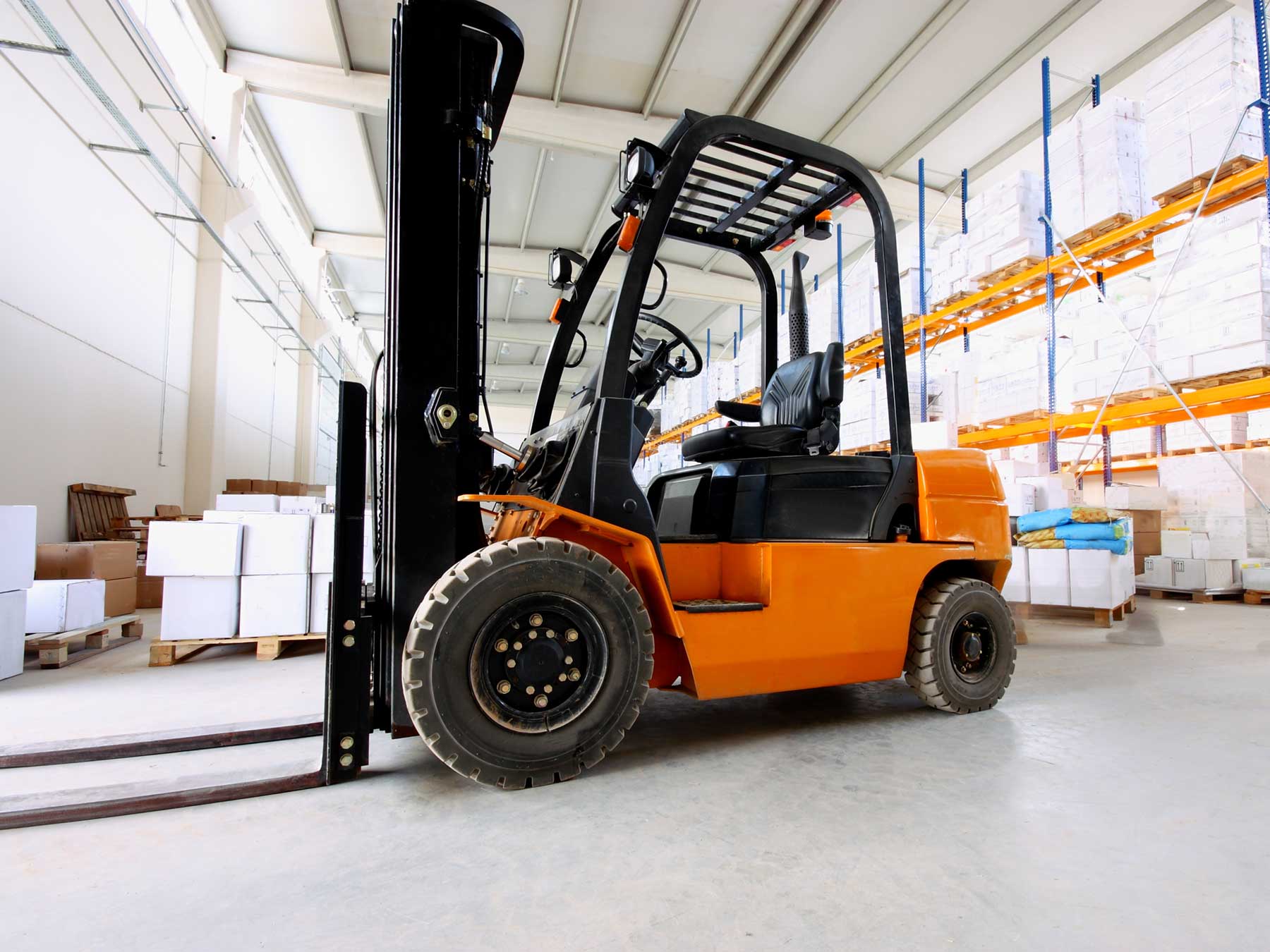Workers' Rights
Workers have the right to:
- Working conditions that do not pose a risk of serious harm.
- Receive information and training (in a language and vocabulary the worker understands) about workplace hazards, methods to prevent them, and the OSHA standards that apply to their workplace.
- Review records of work-related injuries and illnesses.
- File a complaint asking OSHA to inspect their workplace if they believe there is a serious hazard or that their employer is not following OSHA's rules. OSHA will keep all identities confidential.
- Exercise their rights under the law without retaliation, including reporting an injury or raising health and safety concerns with their employer or OSHA. If a worker has been retaliated against for using their rights, they must file a complaint with OSHA as soon as possible, but no later than 30 days.
There are different types available, including three-wheel models that provide better manoeuvrability, making them perfect for narrow aisles. Book a forklift training course today. Rough Terrain Forklifts. For outdoor construction and with difficult terrain, a rough terrain forklift is ideal. The two main types of forklifts are electric and internal combustion forklifts. Electric forklifts are usually used for indoor operations. It is the most recommended forklift for heavy lifting and for low operating costs. On the other hand, IT (internal combustion) forklifts are used for outdoor operations.
Different Types Of Forklift Trucks

For additional information, see OSHA's Workers page.
How to Contact OSHA
Under the Occupational Safety and Health Act of 1970, employers are responsible for providing safe and healthful workplaces for their employees. OSHA's role is to help ensure these conditions for America's working men and women by setting and enforcing standards, and providing training, education and assistance. For more information, visit www.osha.gov or call OSHA at 1-800-321-OSHA (6742), TTY 1-877-889-5627.
Posted by Talent Plus Staffing
Different Types Of Forklifts Names

Working in a warehouse, you’re bound to see a forklift or two carrying heavy loads. Forklifts can do more than this, though! Whether you’re interested in diversifying your fleet or learning more about these incredible trucks, you’ve come to the right place! Here are seven types of forklifts and the tasks they are used for.
1. Four-Wheel Counterbalance
The four-wheel counterbalance is the most common type of forklift. On the front, there are dual forks that are used to lift heavy or bulky loads. You can find counterbalance machines in all types of warehouse facilities.
2. Three-Wheel Counterbalance
This machine is almost the same as the four-wheel counterbalance except that it has three wheels. The benefit to this is that the trucks can fit through narrow spaces. For forklift mechanics working in small warehouses, this type of forklift is a great choice.
3. Side Loaders
Side loaders are also great for tight spaces. With this machine, there are forks that are mounted to the side of the truck. These forks pick up large loads that would be difficult to do with a traditional forklift. Side loaders that are used outdoors benefit from an enclosed cab, whereas ones being used indoors can be stand-up.
4. Reach Trucks

As their name implies, reach trucks are used to access objects that are high. They are extremely useful in warehouses where every bit of space is used. Reach trucks have long forks that can be raised up and down. The two main types available are stand-up trucks and double-deep trucks.
5. Teletrucks
Another option for reaching items that are out of reach is a teletruck. Teletrucks are essentially telescopic handler forklifts and can be confused with cranes. The benefit to using teletrucks is that they are easy to maneuver and can reach awkward angles, not just high ones.
6. Powered Pallet Trucks
Traditional pump trucks do not use electric power to lift materials. Instead, the operator pumps the jack using their own force. With powered pallet trucks, electric power is used. You can think of these trucks as being modernized versions of pump trucks. These machines are best used for skids and small packages.
7. Order Pickers
Order pickers have a neat job. They are made to “hand pick” specific items rather than complete pallets. The machines are used in warehouses in order to help workers pick orders. Some order pickers are fixated while others have mobile hands that allow them to reach higher shelves.
Who would have thought that there could be so many forklifts in a single warehouse? While many of these trucks have slightly different uses, each one has an important role. Most warehouses aren’t able to have every forklift in their fleet, but even a few can increase productivity and customer satisfaction.

